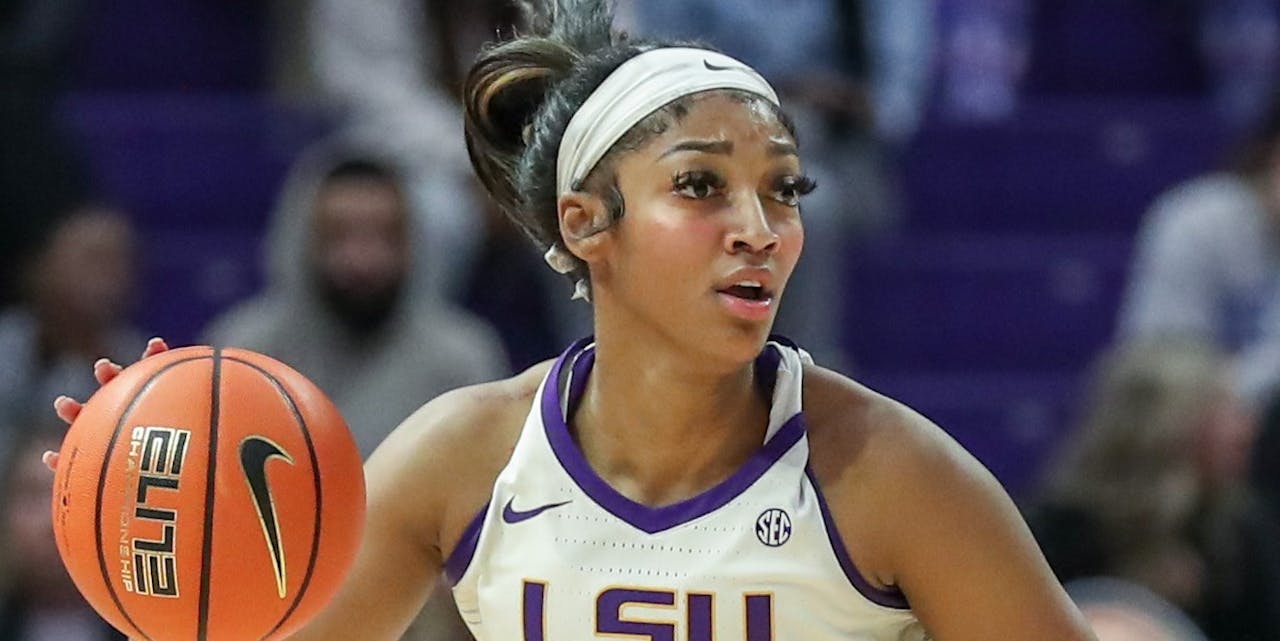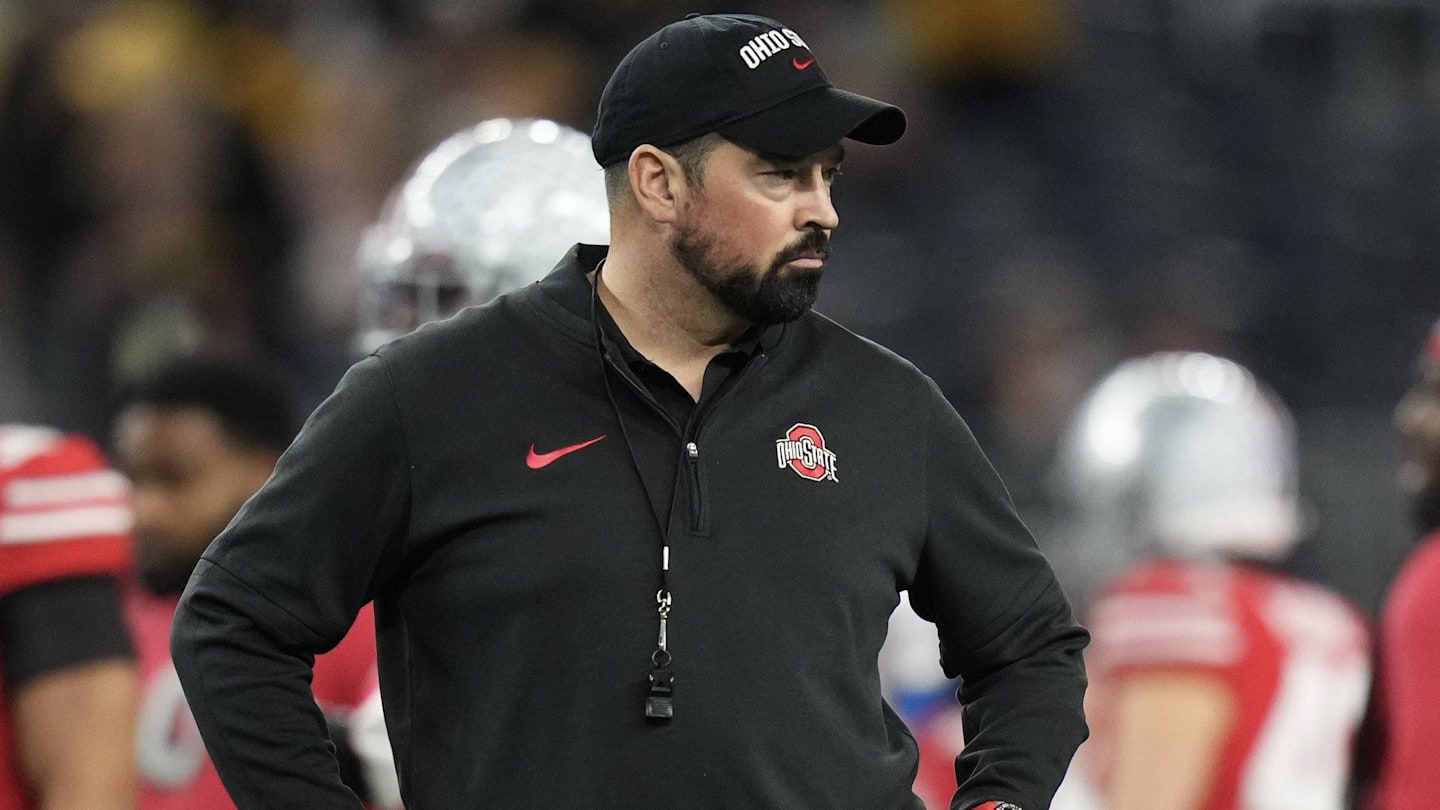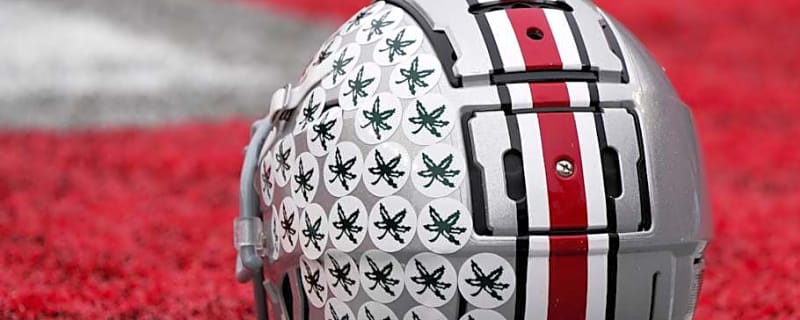May 2024 marked a brand new chapter in the history of Arizona State athletics, with the hiring of alumnus Graham Rossini as the university’s newest athletic director following the departure of Ray Anderson, who served in that capacity for roughly a decade.
Year one brought a whirlwind of unanticipated success for Sun Devil athletics as the school transitioned from its former home in the Pac-12 Conference to the Big 12 Conference in the vast majority of its sports. Despite this significant period of change, many Sun Devil programs saw significant success over the last nine months, winning four conference championships (football, volleyball, men’s, and women’s swimming).
On Thursday morning, Rossini held a press conference, which, among other topics, reviewed the first full sports year for ASU in their new conference.
“26 sports, 15 of them finished in the top 25,” Rossini noted in his opening remarks. “This last year, we had 10 combined first or second-place conference finishes, four Big 12 championships, which led the Big 12, and four Big 12 runners-up as well.
“I think the nation has started to really understand what we’re capable of accomplishing at Arizona State University. We want to win, we talk about Operation: Rings and Banners all the time, we want to compete at the highest level.”
Rossini credits a large portion of the success of the 2024–25 athletic year to the connectivity of the coaching staff across the department that has worked amongst themselves to foster growth at ASU. Rossini noted that the university coaching tree at ASU feels more intertwined now than it did back in May 2024.
“We no longer have these 26 sports that operate largely like independent contractors,” Rossini noted. “They’re connected, they’re collaborating, they’re pushing each other in ways that are healthy and competitive.”
With the additional success comes added fandom and excitement in the Valley toward Sun Devil football. Much of Rossini’s remarks looking ahead to the 2025–26 athletic year were related to the boom of popularity and resources ASU has earned heading into the fall, starting with football, as the ASU craze has made Tempe the new hotspot for Saturday afternoons in the Phoenix metropolitan.
“Seven thousand new season tickets for next football season as of today,” Rossini stated. “We expect to exceed 7,500 new season tickets by the start of the season. That puts us at the most total season tickets in well over a decade.”
As the rapidly changing environment of collegiate athletics continues, the Sun Devils feel comfortable in their foundation to this point. Revenue for the university has seen exponential growth starting in August 2023, when Sun Devil Stadium, the home of ASU football, agreed to a naming rights deal with Mountain America Credit Union worth over $50 million at the time.
“I think it’s still the largest investment in college football history. That really started our evolution of building out a better business within Sun Devil Athletics,” Rossini remarked. “That’s continued with the partnerships that we’ve started to create. We have a number of new partners coming in at seven-figure levels, really focused on ticket selling and fundraising.”
As money flows through the veins of college athletics, changes in NCAA rules, regulations, and guidelines for NIL and other compensation for college athletes continue. The summer of 2025 is no different than many in years past, as the NCAA settles on new financial decisions meant to aid in monetary regulation.
This time around, the NCAA has settled upon a maximum of $20.5 million that each university can supply in revenue sharing for its student-athletes. This decision is based on the percentage of the school’s commercial-driven revenue through athletics. Due to the fact that Arizona State is expanding its number of scholarship athletes across its sports to meet the max numbers, it will actually have roughly $18 million this year to distribute in revenue share funds to all of its scholarship student-athletes. This figure is expected to increase by 4% annually to keep pace with rising living costs.
It is essential to note that this is not a salary cap on the amount a collegiate athlete can receive through NIL contracts. However, it does impose a restriction on the amount of money that can be received directly from the university. For Rossini, this was an anticipated step in the direction of college athlete compensation, as the NCAA continues to look for a permanent solution to the chaos surrounding name, image, and likeness (NIL).
“I think the overall benefit is that there are steps toward uniform guidelines,” Rossini commented. “And at least in terms of rev share and NIL and roster caps, we understand that environment. I think we’ve got a long way to go as an industry in terms of officiating and some of the sport-specific rules that need to be unified at a Division I level or an NCAA level. I don’t think each conference should have different interpretations of competitive rules. I think we need to really focus on balancing out that landscape.”
The balance of the landscape is set for now, but the NCAA doesn’t regulate where each school spends its annual revenue share funds. Proposed distribution models across the country for colleges that have a football program suggest that roughly 75% of the annual revenue share funds will be allocated to football. The majority of the remaining 25% will be allocated to men’s basketball, with the remaining funds distributed to the rest of the collegiate athletes at any given university.
Ultimately, Rossini stayed far away from floating numbers or percentage points on Thursday, and no figures were implied on how much ASU will spend per program. The monetary structure is centered on scholarship growth while unifying the athletic department and all 600 student-athletes at Arizona State, ensuring they are adequately compensated.
“We’ll be spending off about $18 million on the rev share,” Rossini said. “So, the available dollars are $20.5 million. If you follow the documents, there are two separate deduct categories. There’s up to $2.5 million in additional scholarship. We’ve blown beyond that number, adding 200-plus, so we hit that threshold no problem.
“We are discontinuing the Alston program (education-related financial awards provided directly by universities for academic-related expenses) that we’ve had for the last three or four years, which allows us to maintain $18 million going into rev share. Again, our scholarship investment is significant, but we’re convinced that it’s the right way to put our dollars into our department.”
Rossini’s long-term vision for the athletic department differs from that of the majority of Power Four programs. Fourteen of ASU’s 26 athletic programs are women’s sports, and the school is focused on building a culture that uplifts every team in the athletic department.
It was announced in May 2025 that multiple Division I universities, including UTEP and Cal Poly, would be dropping women’s tennis, along with swimming and diving. In the Valley, Grand Canyon’s men’s volleyball team is also on the chopping block, with monetary reasoning at the forefront of the unprecedented waters that athletic departments now have to navigate.
Arizona State’s 26 sports tops all Big 12 teams, and the conference has only two other teams exceeding 20 sports (Arizona at 22 and TCU at 21). It’s possible that this new college sports landscape could ultimately force some schools in this league to go through a program attrition process, yet that does not appear to be an even remote possibility in Tempe.
“We’ve added scholarships to all 26 (sports),” Rossini proudly stated. “There are a lot of schools that are maybe incrementally adding a small number or pulling scholarships out of sports, giving them to football to go from 85 to 105, or giving these two extra men’s basketball scholarships. I’d be nervous if I were at that school. If I’m a sport that’s not a big revenue driver and it is a cost center, you better have some incremental value to the university. So, we’re looking at ways to just resource our programs.
“There’s a pathway where eventually every athlete at ASU could be on some form of athletic aid. And we’ve added operational budget to all 26 sports. So, we’re continuing to invest in all 26. This isn’t an isolation around football and men’s basketball. They’re certainly heavily involved in the rev share distribution, but all 26 have a place at the university, and we really try to be as diligent and aggressive in resourcing all of them as best we can.”
Every NIL deal an ASU student-athlete earns will need to be approved by the university before it can become official—a process that is already in place but with slight variations for future use.
“Our athletes are used to disclosing their NIL deals,” Rossini remarked. “There have been different tools that we’ve used for that, but we’ve always encouraged that. It’s been part of our process. Where it benefits moving forward is the new NIL Go (a Deloitte-run clearinghouse) process that we’ll be using. Deloitte is involved in managing that. And again, a lot of people are maybe skeptical about the reality of holding up to these new guidelines.”
Deloitte’s NIL Go system is becoming the newest standard in NIL structure. The accounting giant launched the program on June 11, 2025, and numerous Division I programs will use it entering the new athletic cycle. It requires all students to submit NIL deals worth $600 or more for review by a third party, in order to streamline the regulatory process.
An ASU athlete who will likely utilize NIL Go frequently is Sun Devil quarterback Sam Leavitt. The redshirt sophomore enters his second year in Tempe as a player in the upper echelon of collegiate quarterbacks, with Heisman Trophy potential being floated by analysts. Perhaps more remarkable than his playmaking on the field is his selflessness off it. While other universities tangle in bidding wars for their star signal-callers, Leavitt donated his 2024 season earnings back to the Sun Angel NIL Collective, along with $15,000 donation to the Pat Tillman Foundation.
At the head of Rossini’s vision for ASU athletics is a team leader such as Leavitt who is willing, able, and excited to replant fruitful seeds in the program for others to benefit from.
“I love the kids who are in our department. Sam Leavitt is really taking on massive leadership at ASU, not just for football, but for all of ASU,” Rossini said. “I think when you see a check like this where he’s donating his NIL money back to the Pat Tillman Foundation, it just tells me that they understand the legacy of our institution. They understand what it’s like to be a Sun Devil. They understand the spirit of giving back, and that’s what NIL is for.
“I think college has historically been very selfish. It’s ‘help us because we’re inefficient at running the industry ourselves. We need a handout for people to come and give us resources.’ We want to give that back. We want to build a better business, but we want to be very community-oriented, where we’re affecting causes that are important in the Valley.”
ASU’s 2024 football campaign is forever ingrained in the history of Sun Devil football, finishing with the second-highest win total in program history. However, Thursday marked an incredible day for the team that still holds the all-time record. Led by legendary head coach Frank Kush, the 1975 ASU football team finished the season 12–0, culminating in a Fiesta Bowl victory over Nebraska, marking the only undefeated season in school history.
It was announced Thursday that the 1975 team would be inducted into the Sun Devil Athletics Hall of Fame, 50 years removed from its unforgettable run.
“We knew that this 50th anniversary was significant, and they’re going to be a member of the Hall of Fame class this fall, which is also the 50th anniversary of the Sun Devil Athletics Hall of Fame,” Rossini noted. “So, we only have two other teams that have ever been inducted into the Hall of Fame. The ’75 football team will be the first football team, and it very well deserves to come in.”






































































